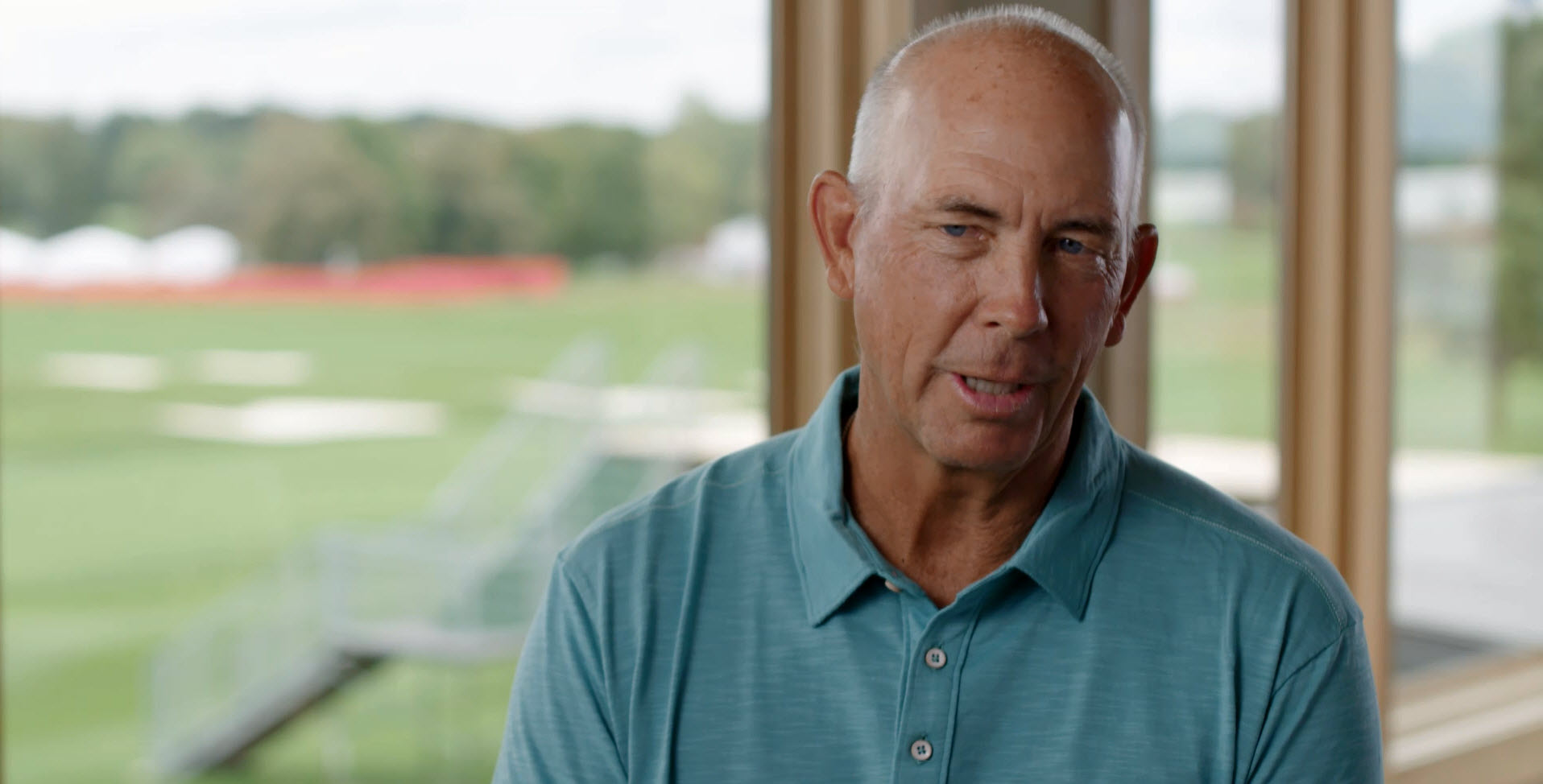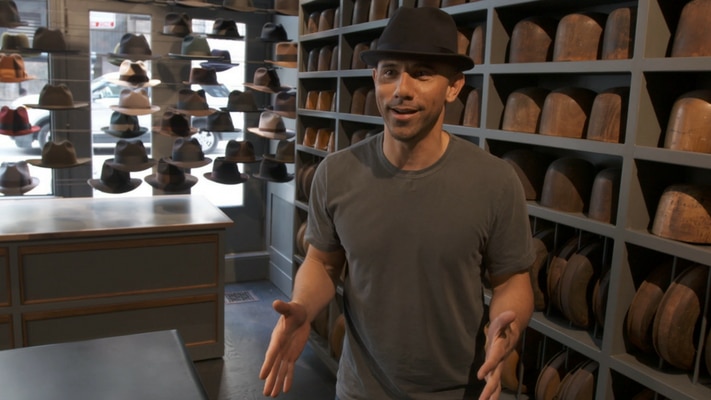5 Lessons You Can Learn from Tom Lehman
There is little doubt that Minnesota lives up to its nickname as the “state of hockey” – the state has produced some of the best American hockey players in the history of the game. Many Minnesotans are practically born with a hockey stick in their hands and begin skating soon after they learn to walk. But it was in that same hockey-crazed culture that a kid from Alexandria, Minnesota crafted his skills with a different type of stick: a golf club.
Tom Lehman’s journey from a small Minnesota town of 6,000 to becoming the world’s No. 1 ranked golfer in 1997 might seem an unlikely one, but spend a day with him walking the iconic Hazeltine National golf course in Chaska, Minnesota and you’ll learn just how deeply intertwined his home state is with his golf success.
Here are five things to know about this Local Legend who is synonymous with the game of golf in Minnesota.







